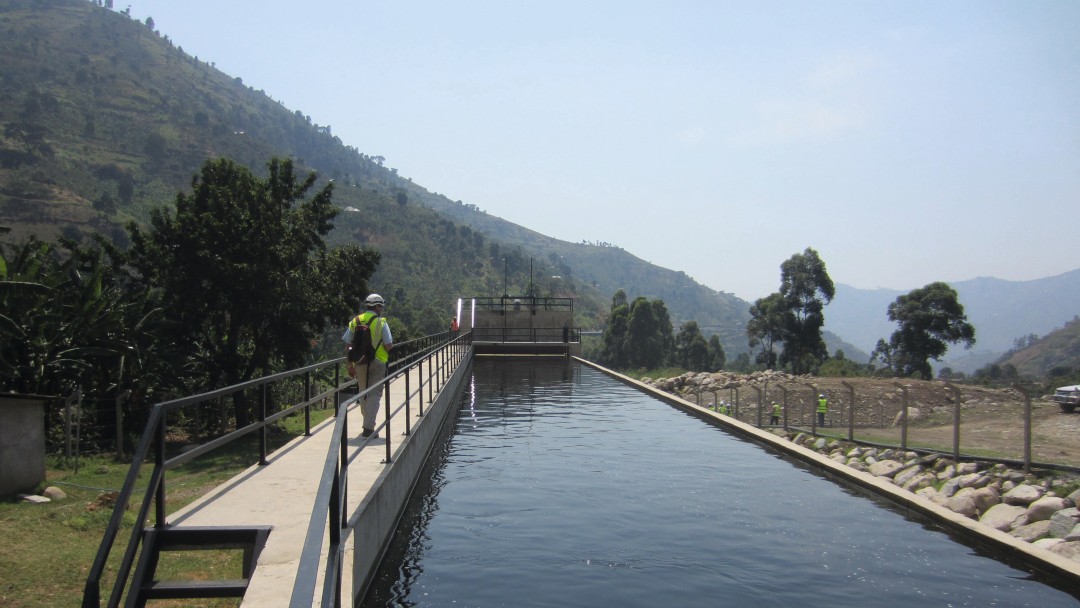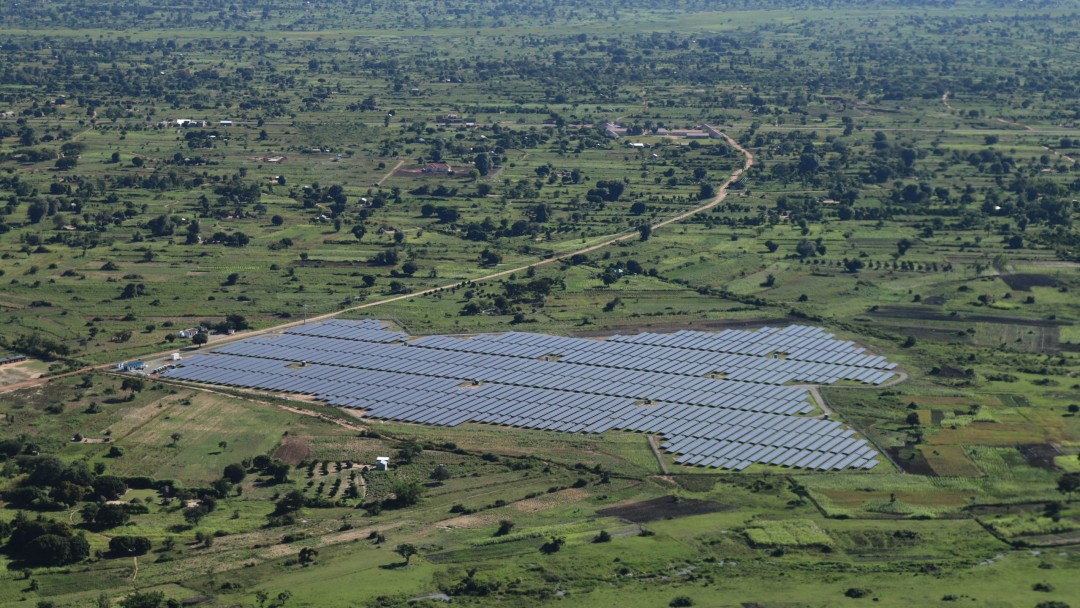
Uganda’s economy has grown quickly and it needs electricity to enable further development. Better use will be made of the potential of renewables to enable this going forward, as KfW, on behalf of the German Federal Government, is working with other donors to mobilise private capital to build small, environmentally friendly power plants in the African country.
An innovative financing solution is ensuring that the construction of new small power plants in Uganda is completed to cover growing demand for energy – from renewable sources. Previously, it did not make sense to invest in the Ugandan electricity sector. Finding locations for new power plants and building them is an expensive process. The remuneration for electricity feed-in did not cover the costs.
This is where the GET-FIT programme comes in. Alongside the Federal Ministry for Economic Cooperation and Development (BMZ), it is also financed by Norway, the United Kingdom and the EU through its Infrastructure Trust Fund for Africa (EU ITF). It works as follows: private investors build the small power plants and subsequently receive a premium on the electricity tariff per kilowatt hour of electricity supplied. This gives them an appropriate return on the costs of investment. The premiums for electricity from renewable energy sources are paid by the GET-FIT programme. Increasing the remuneration for megawatt hours of electricity supplied – rather than promoting construction alone – capitalises on the benefits of efficient implementation by the private sector. The United Kingdom is also providing electricity grid expansion grants to ensure that the new power plants can be connected to the national grid.
The GET-FIT programme enables project developers to convince banks that there is profit to be made from building small power plants. The banks then make loans available subject to appropriate conditions. This is where the programme’s leverage lies: around 100 million US dollars of public money has been used thus far to generate more than 455 million US dollars of private investment.
On the one hand, the new small power plants increase the amount of electricity available, and on the other, they replace the environmentally harmful sources of energy used to date, such as diesel generators. Going forward, Uganda will produce 20 per cent more electricity than before, but greenhouse gas emissions will still decrease. At the same time, there will be fewer power outages. The programme will also have a long term impact: the risks of investment for the private sector have been sustainably reduced to the extent that costs have decreased and investors are now looking to invest in renewables without external incentives.

The GET-FIT programme is currently promoting 17 projects with total installed capacity of around 156 megawatts. These are spread across multiple small power plants with individual capacities between one and twenty megawatts. One bagasse power plant, two solar power plants and eleven hydro power plants are already complete. Because the risks are lower, private investors have now built more than 20 additional power plants for renewable energy sources – without external help and with lower costs. Other countries are also showing interest in the approach. KfW is supporting additional African countries like Zambia and Mozambique to develop a similar solution and engage with the Ugandan experts.
Indirectly, the programme will provide electricity for an additional 1.2 million people. It will reduce Uganda’s carbon dioxide emissions by around eleven million tonnes. And it creates jobs: to date, more than 10,000 employees have been needed to build and operate the power plants.
Further information
Share page
To share the content of this page with your network, click on one of the icons below.
Note on data protection: When you share content, your personal data is transferred to the selected network.
Data protection
Alternatively, you can also copy the short link: https://www.kfw-entwicklungsbank.de/s/enzBX-Gs
Copy link Link copied